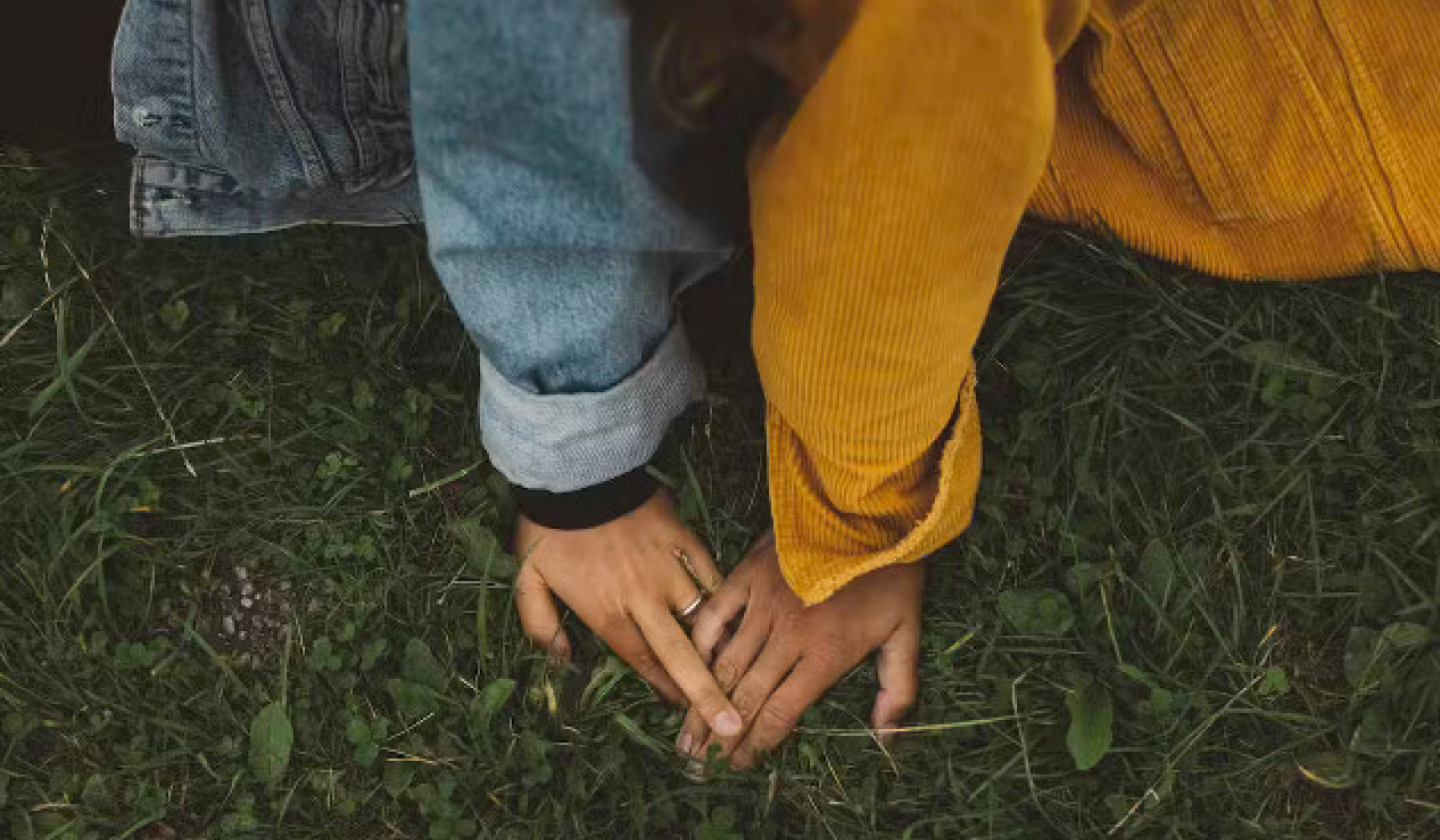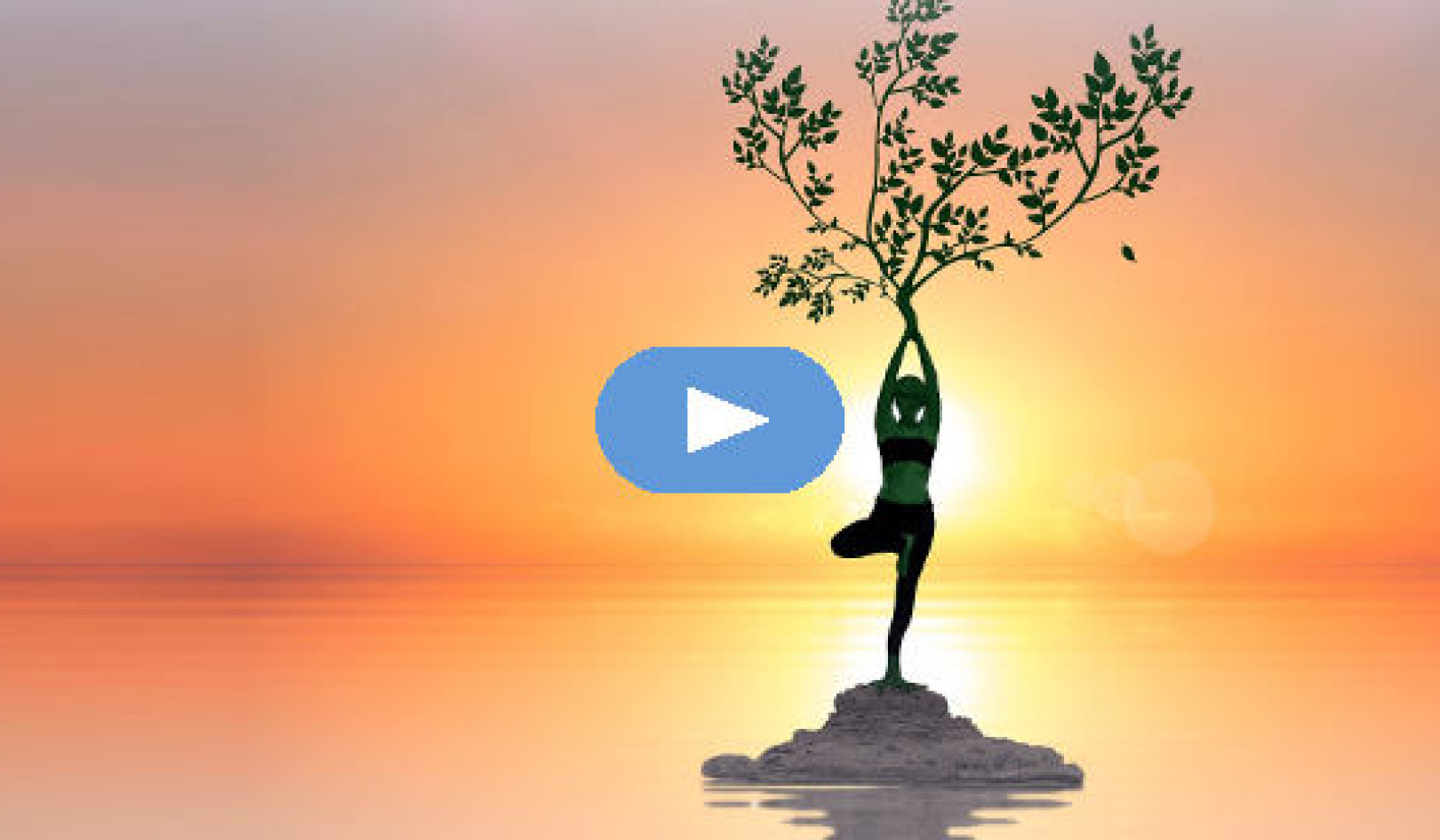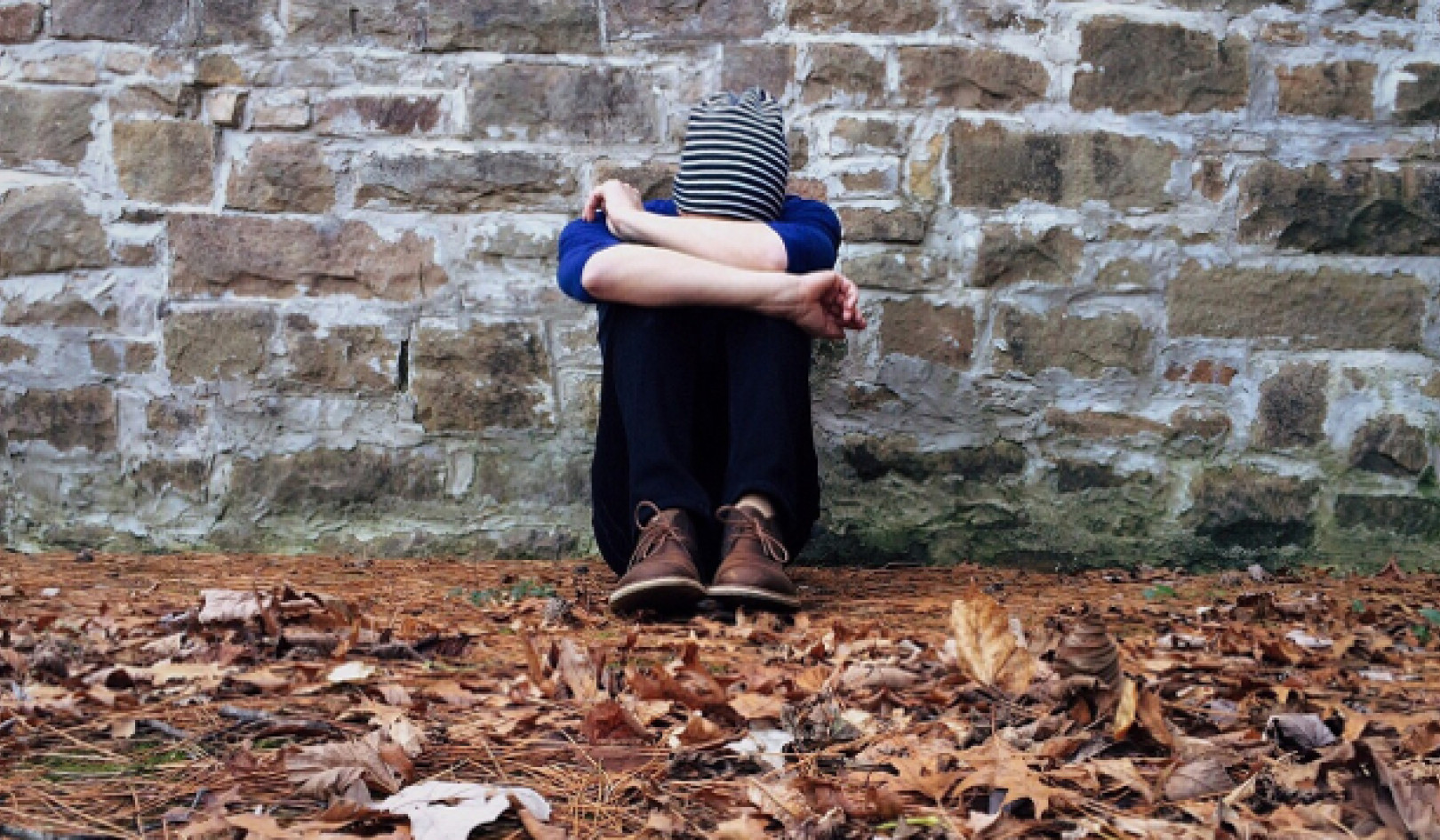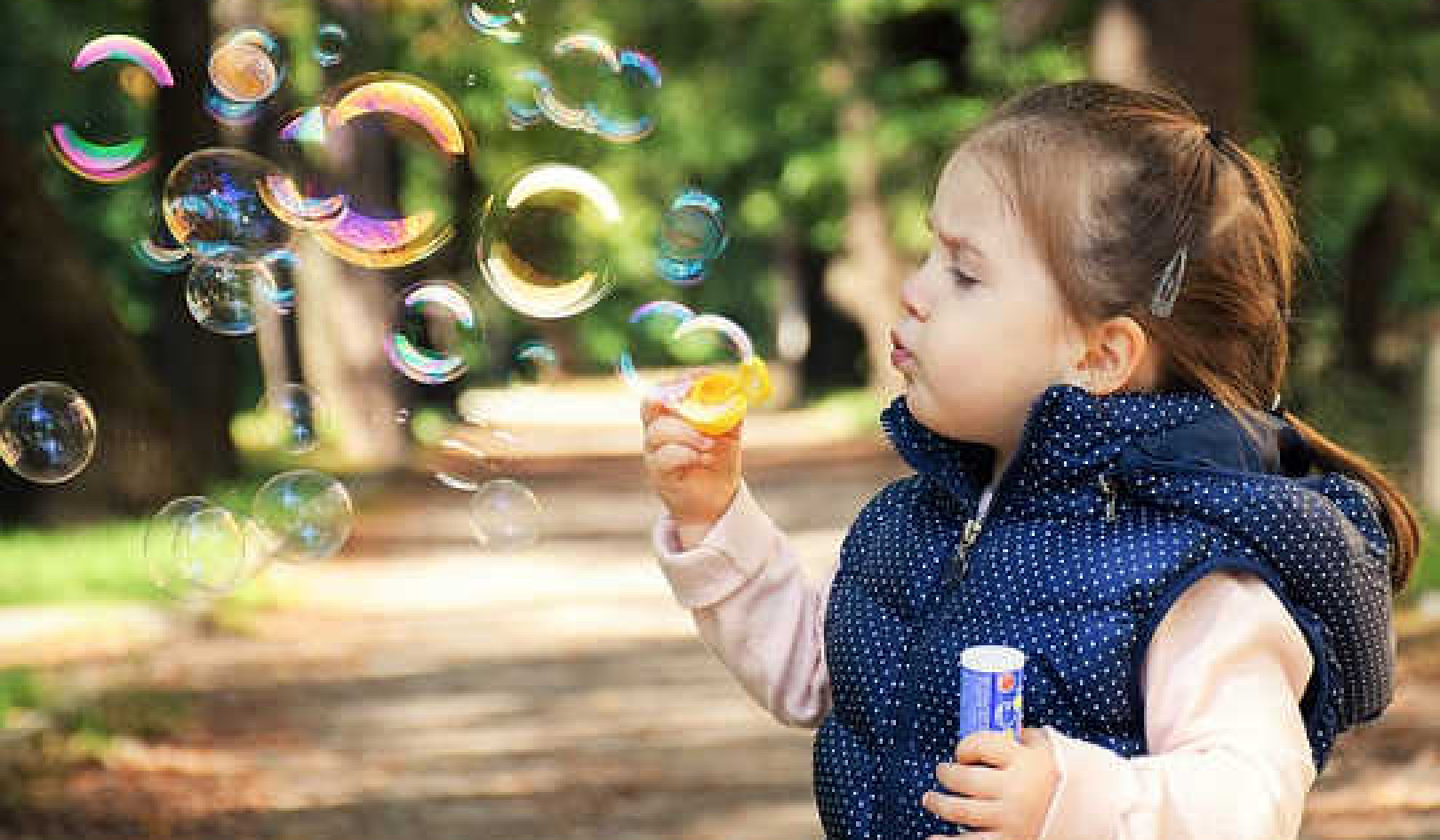
Reconstruction of a silk painting from the second century B.C.E showing early ritualized bodily postures, excavated at Mawangdui, Hunan Province, China. Wellcome Images, a website operated by Wellcome Trust, a global charitable foundation based in the United Kingdom., CC BY-SA
New Year’s resolutions often come with a renewed investment in making our bodies healthier. Many may take to the newest diet plan or sign up for a health club membership, but it is worth taking some time to consider what actually constitutes a healthy, happy body.
Taoist visions of the body form a central part of my research. Taoism, (also spelled Daoism) an indigenous tradition of China, understands humans to be an integral part of the larger cosmos.
Rituals and bodily techniques are used to align one’s individual body with surrounding social and natural environments. These concepts of the body can inform individuals on their relationship with our environment and on what it means to be healthy.
Taoism, the body and cosmos
Accounts of Taoism begin sometime in the fourth century B.C.E., starting with the text “Tao Te Ching,” attributed to Lao Tzu. Though scholars do not believe there was an actual person called Lao Tzu, this figure, whose name means “old master” or “old child,” would become the model for bodily practice. Taoists would later develop rituals designed to mirror their body with that of Lao Tzu’s as a way to align themselves with the Tao, or the source of all things.
Taoist texts described Lao Tzu’s body as a kind of map for the entire cosmos, visualizing their own individual body like a smaller version of the entire cosmos, and likening the entire cosmos to a larger mirror of one’s own body. Bringing one’s body in alignment with the cosmos was understood to grant Taoists the ability to transform the environment around them by transforming their own bodies.
What happened in the body was understood to have an effect on the entire universe, just as the environment has an effect on one’s body.
Physical exercises for longevity
Some of the earliest examples of Taoist practices describe a series of body movements and postures to help align one’s body with their environment.
Historian of Taoism, Isabelle Robinet, notes that dating back to the second century B.C.E., the physical exercises were used to help cultivate one’s qi, or breath, in order to better achieve harmony with the patterns of nature, nourish one’s health and increase longevity. Contemporary practices such as qigong continue to be informed by these concepts to this day.
In addition to practicing bodily techniques, early Taoists also sought out a connection to the environment through alchemy, a process of mixing rare natural elements together to create a refined substance that they believed was an elixir of health. According to renowned scholar of Taoist alchemy Fabrizio Pregadio, practitioners sought out rare and powerful elements from the earth, which they mixed and consumed in an attempt to attain longevity or even immortality.
Integrating with the outer landscape
By the eighth century C.E., Taoists would look inward for these alchemical benefits. Taoist masters developed meditative and bodily practices called “neidan,” or inner alchemy, to help replicate the landscape within their own body.
Rather than seeking out rare elements in the earth, inner alchemy taught how to find the power to refine one’s vital essences from within one’s own body.
Fully developed ritual programs instructed Taoists to undertake an inner journey within themselves. Along the way, they would visualize their old self encountering temples tucked away within lush mountain forests, discover hidden grottoes, and even find divine figures mixing elixirs of immortality.
This internal climb was believed to eventually lead one’s old self to the peak located at the crown of one’s head. From there, Taoists would visualize a new immortal self emerging out from atop their skull.
Taoist priests and community
This concept of a body fully integrated with the cosmos informs the logic for how contemporary Taoist priests conduct rituals to benefit the broader community today.
According to Kristofer Schipper, a scholar of Taoist ritual, the body is seen as the primary medium that can fulfill their duty to reconnect the local community with the original source of the cosmos – the Dao itself.
Taoist priests will envision a different kind of journey, this time across the cosmos but still all within their own body. They seek an audience with the highest gods of Taoism, known as the Three Pure Ones, to whom they will report the merits of the local community.
It is understood that in so doing, the Taoist priest helps reaffirm the connection between the people and the Tao itself. Thus, the community becomes integrated into the “Taoist Body.” Taoists performing a ritual at Longhushan, sacred mountain of Taoism, Jiangxi Province, China.
While an audience with the purest forms of the Tao is reserved only for trained Taoist priests, notions of the Taoist body ultimately provide a way for everyone to understand one’s body to be transformed both inside and out.
As the new year brings new resolutions for healthier bodies, we may gain from added perspectives on what transforming our body can mean – not just for ourselves, but for those around us.![]()
Michael Naparstek, Lecturer in Religious Studies, University of Tennessee
This article is republished from The Conversation under a Creative Commons license. Read the original article

Related Books:
Prayer Journal for Women: 52 Week Scripture, Devotional & Guided Prayer Journal
by Shannon Roberts and Paige Tate & Co.
This book offers a guided prayer journal for women, with weekly scripture readings, devotional prompts, and prayer prompts.
Click for more info or to order
Get Out of Your Head: Stopping the Spiral of Toxic Thoughts
by Jennie Allen
This book offers insights and strategies for overcoming negative and toxic thoughts, drawing on biblical principles and personal experiences.
Click for more info or to order
The Bible in 52 Weeks: A Yearlong Bible Study for Women
by Dr. Kimberly D. Moore
This book offers a yearlong Bible study program for women, with weekly readings and reflections, study questions, and prayer prompts.
Click for more info or to order
The Ruthless Elimination of Hurry: How to Stay Emotionally Healthy and Spiritually Alive in the Chaos of the Modern World
by John Mark Comer
This book offers insights and strategies for finding peace and purpose in a busy and chaotic world, drawing on Christian principles and practices.
Click for more info or to order
The Book of Enoch
translated by R.H. Charles
This book offers a new translation of an ancient religious text that was excluded from the Bible, offering insights into the beliefs and practices of early Jewish and Christian communities.





















